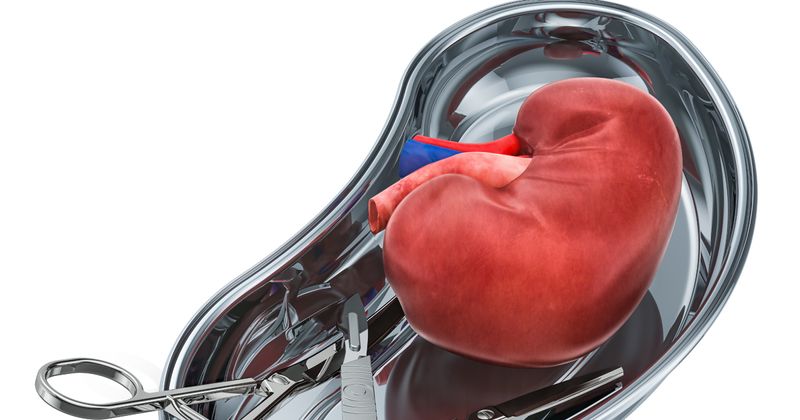Using older donor kidneys for dual transplant may present safe way to reduce discard rate
Using kidneys from older donors for dual transplantation may be a safe and effective way to reduce the organ discard rate, thereby increasing the number of transplants performed, according to a study conducted in the United Kingdom.
“Kidneys from elderly deceased donors are often discarded after procurement if the expected outcomes from single kidney transplantation are considered unacceptable,” Maria Ibrahim, MD, of Guy’s and St Thomas’ National Health Service Foundation Trust in London, and colleagues wrote. “An alternative is to consider them for dual kidney transplantation.”

Adding that “the shortage of kidneys for transplantation has led to global efforts to increase the utilization of deceased donor kidneys,” the researchers sought to assess practices of using kidneys from older donors, as well as to compare clinical outcomes of dual vs. single kidney transplant recipients.
Using data from the United Kingdom Transplant Registry, they identified 7,841 kidneys procured from deceased donors aged 60 years or older, finding that 17% of these were discarded.
Considering the remaining kidneys used for transplant (356 for dual; 5,032 for single), the researchers determined that both donors and recipients of dual transplants were older (median, 73 years vs. 66 years and 64 years vs. 61 years, respectively). Donors of kidneys used in dual transplantation also had higher United States Kidney Donor Risk Indices (2.48 vs 1.98 for those used in single transplants).
After adjusting for confounders, the researchers observed similar 5-year graft survival between dual and single transplants (HR = 0.81), as well as a higher median eGFR at 12 months for recipients of dual transplants (40 mL/min/1.73m2 vs. 36 mL/min/1.73m2).
No differences were found between the two groups regarding patient survival.
Ibrahim and colleagues noted that these results are similar to analyses of transplants performed in the United States, which have demonstrated 5-year graft survival rates of 60% when using kidneys with USKDPIs between 90% and 100% (here, 5-year graft survival was 84%).
“The median KDRI of both single and dual kidneys transplanted from older donors in this study was much higher than that of discarded kidneys in the United States of 1.78, suggesting at least some of those kidneys could have been implanted with reasonable outcomes,” the researchers elaborated.
“These outcomes support the cautious expansion of dual kidney transplantation into selected recipients aged [younger than] 60 years and are particularly relevant given the increasing age of deceased kidney donors and high discard rate of such organs globally,” they added.









